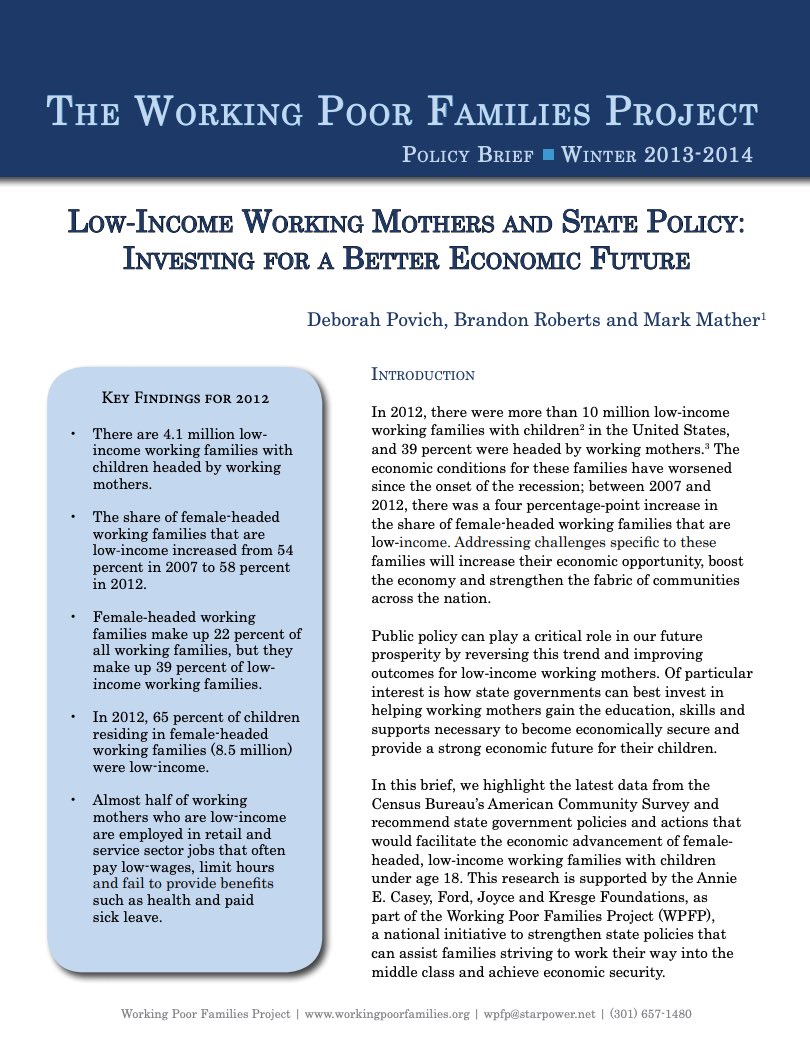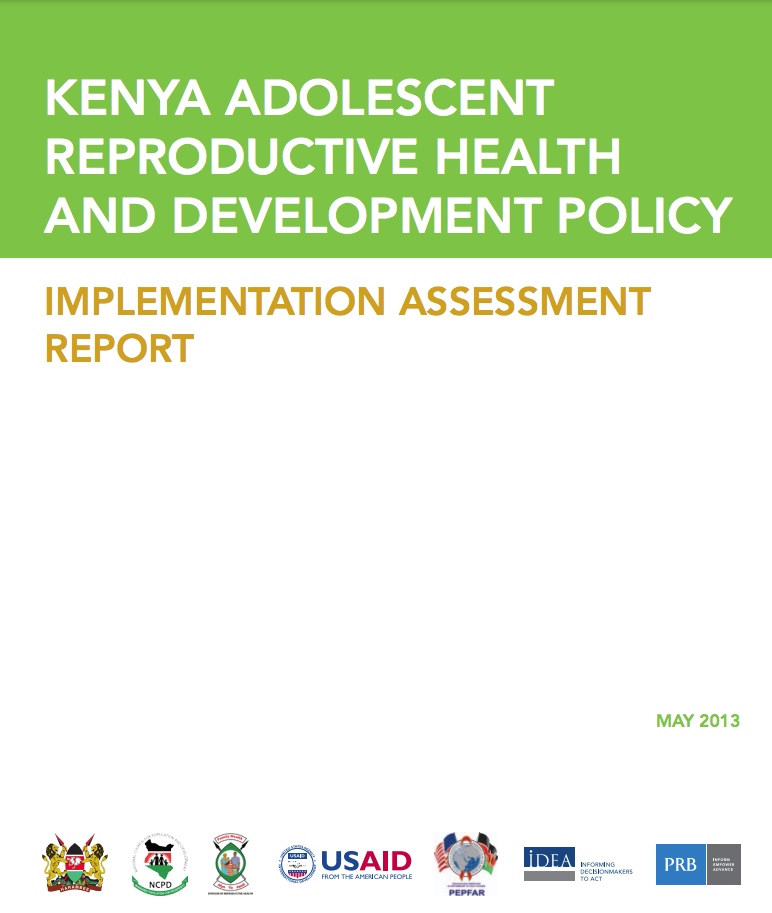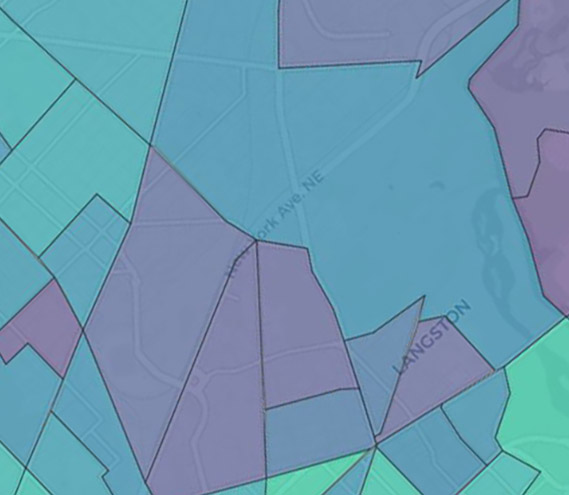400 Search Results Found For : "%E5%B9%BF%E5%B7%9E%E5%BC%80%E5%88%A9%E7%A9%BA%E8%B0%83%E5%92%8C%E7%89%B9%E7%81%B5%E7%A9%BA%E8%B0%83%E5%BE%AE%E4%BF%A1%E5%8F%B7%EF%BC%9AGU-2015"
Aging Baby Boomers to Face Caregiving, Obesity, Inequality Challenges
The aging of the baby boom generation could fuel a 75 percent increase in the number of Americans ages 65 and older requiring nursing home care, to about 2.3 million in 2030 from 1.3 million in 2010, the Population Reference Bureau (PRB) projects in a new report.

Project: Working Poor Families Project
Single Working Mothers in U.S. Worse Off Since the Recession
(2014) U.S. working mothers have had a hard time in recent years: Between 2007 and 2012, the share of female-headed working families that are low-income increased from 54 percent to 58 percent, according to a Population Reference Bureau (PRB) analysis of data from the U.S. Census Bureau's American Community Survey.
Project: Center for Public Information on Population Research (CPIPR)
Children of Incarcerated Parents
The United States has more than 2 million people behind bars, and 45 percent were living with their children before they were imprisoned. U.S. children of incarcerated parents are an extremely vulnerable group, and much more likely to have behavioral problems and physical and mental health conditions than their peers.

Project: KIDS COUNT
2018 KIDS COUNT Data Book: Trends in Child Well-Being
The 2018 Data Book focuses on key trends in child well-being during the economic recovery following the Great Recession. Over the last six years, children experienced gains in economic well-being, but results were mixed for the Health, Education, and Family and Community domains. The Data Book also highlights the growing undercount of young children in each decennial census since 1980, and discusses the risks and implications of another undercount in 2020.
Engaging the Poor in Poverty Reduction: What Is the Role of Family Planning?
(2010) More than 1.4 billion people around the world live in extreme poverty (defined as income of less than US$1.25 per day), and nearly 2 billion more live just above that level.
Nafis Sadik, Architect of ICPD
(2000) Gregory Goodwin "Goody" Pincus was Dr. Pincus because of his Harvard Ph.D. in biology, not because of a medical degree. Yet his work may have been the most important medical advance of the century for improving women's health and status. If any one person merits recognition as the father of the birth control pill, it was Goody Pincus.

Project: IDEA: Informing Decisionmakers to Act
Kenya’s Adolescent Reproductive Health and Development Policy: Implementation Progress and Barriers
(2013) Developed in 2003, the Adolescent Reproductive Health and Development (ARHD) Policy was the first in Kenya to focus on improving the reproductive health and well-being of adolescents and youth.1 Ten years since the policy was developed, Kenya has experienced much advancement and change in the social, economic, and political environment for ARHD.



